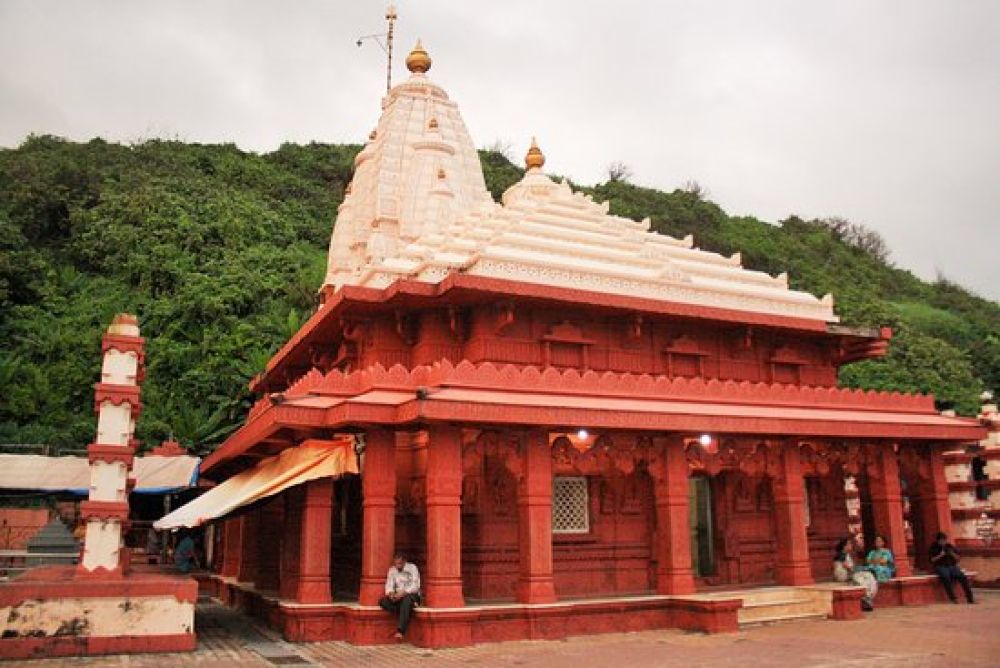

Located on the western coast of Maharashtra, in the district of Ratnagiri, the Swayambhu Ganpati Temple is one of the most ancient and significant temples dedicated to Lord Ganesha in India. The temple's history dates back centuries and is deeply entwined with the local folklore and legends surrounding its inception.
According to the lore, the Swayambhu Ganpati, which means 'self-originated' Ganpati, was discovered over 1600 years ago. The idol of Ganesha here is believed to have sprung up from the soil. This white sand sculpture of Lord Ganesh is said to have emerged by itself, and it is the object of much fascination among devotees because of its self-manifested nature.
Ganpatipule has been a pilgrimage site for countless years, attracting visitors from all over Maharashtra and other parts of India. Since it is believed that Lord Ganesha resides in the Ganpatipule temple in his monolithic form—which is quite rare—the place has always been a magnet for spiritual visitors seeking blessings and paying their respects to the deity.
In more recent times, tourism at Ganpatipule has seen a notable surge due to the town's scenic beauty coupled with the spiritual significance of the Swayambhu Ganpati Temple. The town's pristine beaches along the Konkan Coast have become a significant draw for tourists who are looking for a blend of spirituality and relaxation.
With the growth in tourism, Ganpatipule has seen significant developments in infrastructure. There are now numerous accommodation options ranging from budget guesthouses to luxury resorts, catering to the needs of the diverse tourist demographic that visits the temple and the town. Local cuisine and culture also form a central part of the visitor experience, with traditional Konkani food being a highlight for many tourists.
In the current tourism scenario, there's an increasing tendency towards experiential and eco-friendly travel. Tourists visiting Ganpatipule are now more inclined to indulge in activities like nature walks, exploring the local flora and fauna, and participating in beach sports. There is also a heightened sensitivity towards sustainability, with both tourists and local service providers taking steps to ensure the preservation of Ganpatipule's natural beauty.
Efforts have been made to improve connectivity to Ganpatipule, making it easier for tourists to visit the temple. Regular bus services, improved road networks, and the proximity of Ratnagiri railway station have all contributed to the increase in tourist footfall. Ganpatipule's increasing popularity as a tourist destination is a testament to its unique combination of divine tranquility and natural splendor.
The Swayambhu Ganpati Temple in Ganpatipule stands as a testament to the rich cultural tapestry and the evolving trends of Indian tourism. From a humble spiritual site to a celebrated travel destination, it has maintained its sanctity and charm, continuing to attract a growing number of visitors every year.